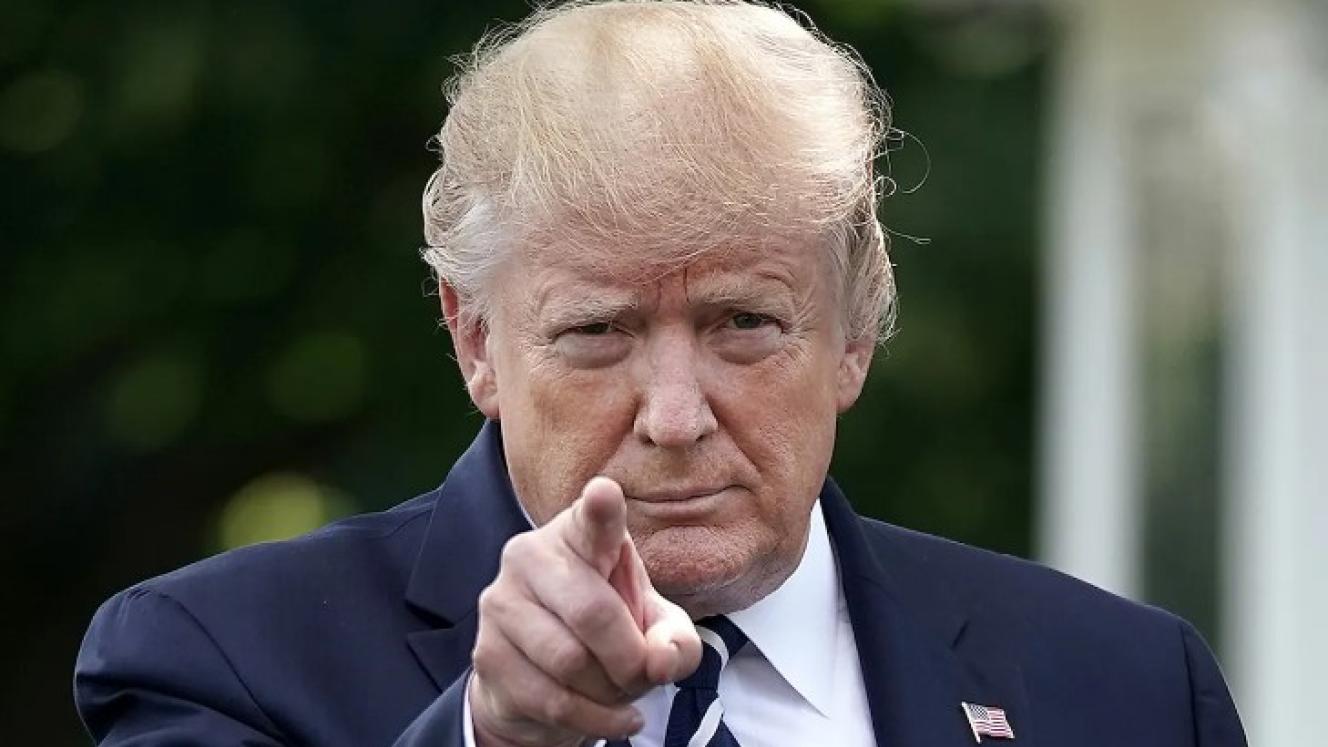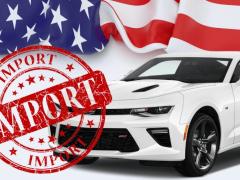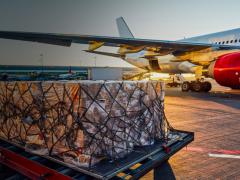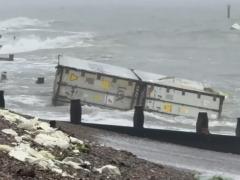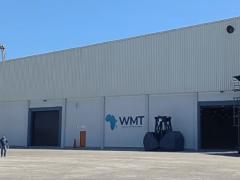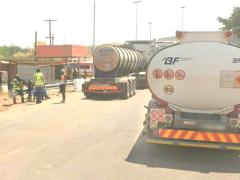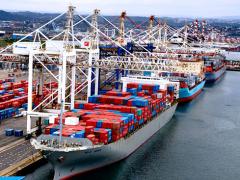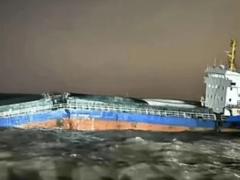A 30% US tariff on South African exports could devastate rural economies, threatening tens of thousands of jobs, particularly in the agriculture and automotive sectors, agriculture minister John Steenhuisen has warned.
With the 1 August deadline fast approaching, Steenhuisen said negotiations were ongoing, but South Africa was navigating the crisis without a key ambassador in Washington – a critical gap during a major trade standoff.
“We are looking at a 30% tariff application to our products which has come during our peak export season. We cannot underestimate the impact of this as the consequences could be catastrophic,” said Steenhuisen.
“Tens of thousands of jobs are at risk. There are rural towns in South Africa that are exclusively dependent on their citrus exports to the US. This is not just a trade dispute. It’s a crisis that demands urgent, strategic diplomacy – and right now, South Africa doesn’t have anyone at the wheel in Washington.”
Steenhuisen, who was part of a delegation to Washington earlier this year, was speaking at an Exporters Western Cape gathering on Tuesday evening when he criticised suggestions that South Africa could simply find alternative markets to reduce its dependence on the US.
“Yes, we must diversify our markets and, in my department, we are actively working on that,” Steenhuisen said.
“But these trade opportunities take years to build. It’s not as simple as flipping a switch on 1 August and suddenly redirecting our exports from the US to China or elsewhere.
“It’s not just a matter of saying, ‘Oh well, we can’t trade with the US because their tariffs are too high so we’ll just take our goods elsewhere.’ The reality is that we need the US. We need access to the US market, therefore restoring and repairing our trade relationship is critical.”
South Africa’s lack of representation in Washington, however, was deeply concerning, he said.
“Without someone on the ground in Washington, this has been particularly frustrating. The reality is, without an ambassador and without the people who are able to open doors in Washington, we haven’t been able to secure nearly as many meetings as we should have to try and deal with this. We are now going into the storm with no driver at the wheel.”
He said this was clear during a meeting with US Trade Representative Ambassador Jamieson Greer during the state visit, when he laid out the US position on tariffs and trade concerns.
“In that meeting, Ambassador Greer presented our balance of trade with China, the UK and the European Union – going through each comparison line by line, looking at tariffs these countries face when entering the South African market versus those faced by the US,” said Steenhuisen.
“His main concern was that competitors like China and Europe could land goods and services in South Africa more cheaply than the US could — and they’ve examined those discrepancies in detail, item by item.”
He said Greer told the South African delegation that the US was seeking a rebalancing of trade conditions.
“He made it perfectly clear that he was not interested in competing against South African companies,” said Steenhuisen.
“But he did say the US wants to be able to compete fairly in our market, particularly against major competitors like Europe and China.”
Following the meeting, South Africa submitted a package of proposals to the US to address the concerns raised during the discussions. However, the US regarded the effort as too little too late and rejected the proposal, indicating that it expected more from South Africa and would provide a template to guide a revised submission.
“And that is where we are at this moment,” said Steenhuisen.
“Before the template could be delivered, the announcement of the 30% tariffs was made — and that’s where things currently stand. We still have no template and we have no clarity on what will happen on 1 August.”
He added that several key questions remain unanswered.
“Will the 30% tariff apply to goods already on the water? Will it apply to shipments arriving in the US on 1 August? Or only to goods leaving South Africa after that date? We simply don’t know.”
He said the country remained engaged in a “live negotiation” with the United States and there was still hope that an extension would be granted before the 1 August deadline.
When asked by Freight News whether a contingency plan was in place, Steenhuisen admitted there was none that he was aware of.
“We would have to come up with something, but there is no short-term solution. If the US doesn’t back down, the only option will be to find new markets – but that takes time,” he said.
“The immediate consequences for sectors like citrus, wine, macadamias and blueberries will be severe.”

